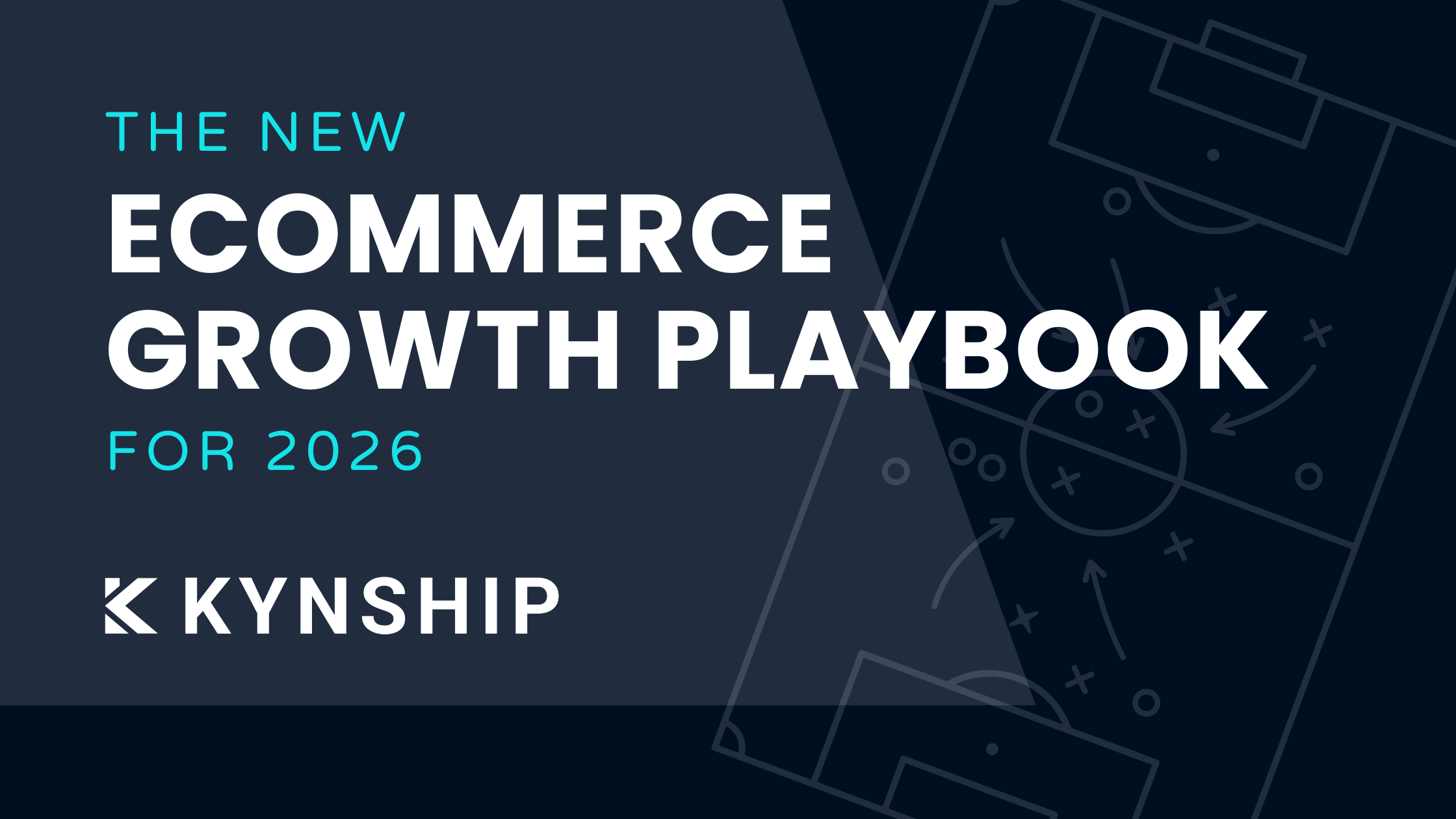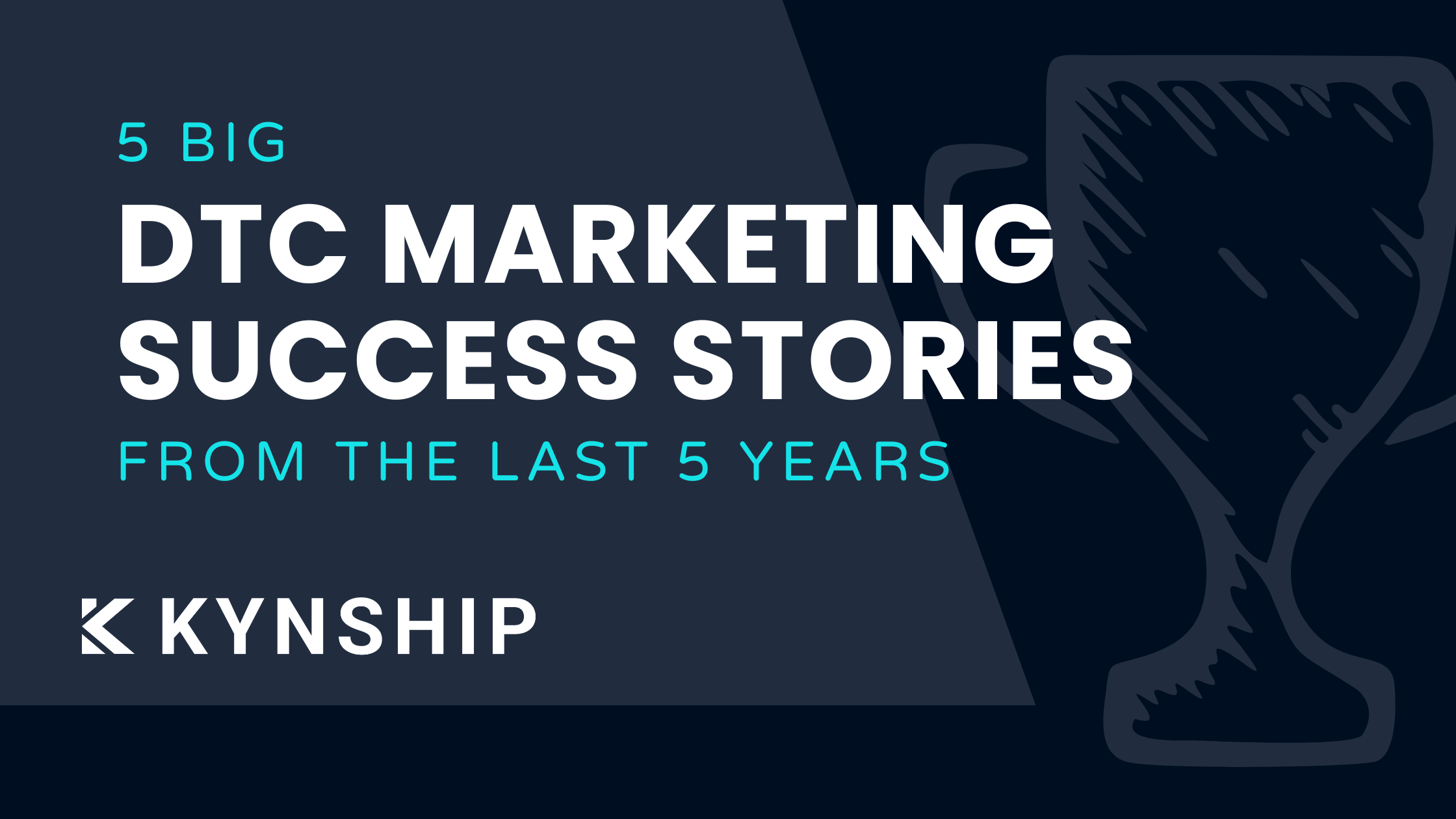Influencer Marketing in a Recession: Here's Why You Should Spend More, Not Less
.png)
While many aspects of a recession are out of your control, how your brand responds to an economic downturn can be the difference between death and survival. Bleak, but true.
A typical response to a recession is cutting your marketing budget. Considering the same? Here’s another perspective: It’s not the time to stop spending money, it’s about changing how you spend it.
Why do you think Peace Out Skincare increased their influencer budget by about 20% YoY with a possible recession on the way? Or why Wine brand Yes Way Rosé pulled back spend on paid advertising with retailers to increase their influencer spend by around 15% YoY?
ROI baby 😎
For you to get the same ROI back from influencer marketing, you need two things:
- High-quality, high volume, and high frequency influencer-generated content that can sell your product years after a campaign
- Control over your paid advertising costs
Here’s how to make both of these happen.
How To Get High-Quality Content Without Blowing Your Budget
Today’s consumer landscape is in high demand of content. It has to be engaging, relevant, and enough to break through the noise.
Especially with BFCM and holiday time, those feeds become more crowded and CPMs climb.
Due to this high demand for content you need — the making and acquiring of that content takes a lot of time, money, effort, and maintenance.
How Do You Spend Your Cash To Get High-Quality Assets at Scale?
If you’re worried about advertising costs, you have to think of alternatives to get high-volume assets to turn into ad creative at scale. Using our seeding philosophy (i.e sending free products to influencers), you can achieve this.
Let’s look at the numbers.
Let’s assume your COGS is $50 + shipping. You want to identify a minimum of 500 influencers to reach out to with ‘no strings attached messaging’ pictured below:

Here are the benchmarks you want to hit:
- 20% opt in to receive product (100)
- 30% post rate (30)
- 2-3 posts per influencer
If we consider the median of these benchmark numbers, you should have 75 unique assets. If you get those assets ready for your ad account with iterations, that becomes 150.
Total investment = $5000.
At first, this seems like a steep expense—$5000 worth of free product. But when you look at the minimum expectations of what you get back:
- Price per unique asset: $66
- Price per asset: $33 if you are going to create iterations
For the same amount of assets, you’d be looking at $40,000-$150,000 to engage a micro-influencer agency. Or $20,000 - $25,000 to create 25 pieces of high-quality content in a studio shoot.
Read more: Content Studios Shoots vs Influencers & Content Creators
Where else are you going to get this amount of high-quality content this cheap? Following our seeding philosophy is the most cost-effective rate compared to other alternatives.
Adopting the influencer seeding philosophy can help you avoid any unnecessary spending, particularly in peak sales season when you can’t rely on the pay-for-post model. Influencers are savvy, they know brands will hound them and hike up their prices to ride this wave of demand.
Investing in this process takes time. So where to start? Listen from 00:08:57 where Cody talks about what he would do if he were a DTC brand right now:
How To Gain More Control Over Your Advertising Costs
There are very few scenarios in which you do NOT want to control costs with paid social. If you’re spending $1M a month at a 5X ROAS, this strategy is not for you. But if you’re every other DTC brand trying to compete in a rough market, here's what you should be thinking about to avoid losing money for your brand:
Let’s talk about your bid strategy.
The 3 most popular types of bid strategies you’re likely familiar with: Cost cap, bid cap, and lowest cost.
- Lowest cost bid strategy is the automatic bid type — meaning, you are not controlling the way that Facebook spends your budget
- Bid cap: Setting the maximum bid across auctions, rather than allow Facebook to bid dynamically based on your cost or value goals
And our favorite…
- Cost cap is about maximizing cost efficiency by trying to get the most results at or below your desired CPA
If your target cap cost is $50, Facebook will not spend your budget unless it can find customers at your target CPA. No delivery is always better than bad delivery. As a marketer or brand owner, this makes your life a lot easier because the only thing you actually need to worry about is your creative.
And it doesn’t have to all be high-quality creative—you just need lots of it.
However (much to our absolute shock horror) most brands don’t use cost caps. And the reason why they don’t? Control.
They believe they can be better at decision making than the machine learning system of Facebook. President and COO at Bambu Earth describes Facebook’s Cost Cap strategy. And we couldn’t have said it better ourselves!

Facebook is moving advertisers away from tinkering in their ad accounts more and more to trusting its machine-learning algorithm and automation.
We touch on this topic in greater detail in our blog post on How to Maximize & Scale Paid Media Success With Influencer-Generated Content. Definitely worth a read if you’re not convinced on the Cost Cap strategy and want to know step-by-step how to set up your ad account for scale.
As much as we may hate to give away such creative control, Facebook’s machine learning algorithm is going to serve you far better than your own personal biases.
Hedge Your Bets on Influencer Marketing
In any sort of economic downturn, you have to look to the channels and strategies that are going to bring you stable and successful results. For many DTC brands, they are deciding to invest more of their marketing budget into influencer marketing.
This isn’t on a whim. It’s based on seeing actual results and ROI. Your customers won’t stop following their favorite content creators. And seeing as CPMs are getting more expensive and feeds crowded, the brands that will maintain stability will be those that continue to focus on putting effort into building relationships with influencers.
Get started as soon as possible:
- Start identifying influencers you can seed product to and begin collecting high-quality influencer generated content
- Load all this creative up into your ad account and start running them with Facebook's Cost Cap Bid strategy
Love the idea, but no time or resources? Let’s team up and we'll scale your influencer marketing for you.


5 DTC Marketing Success Stories From The Last 5 Years
Five real DTC marketing success stories from the last five years, breaking down how brands scaled despite rising CAC, creative fatigue, and tougher competition, plus key lessons you can apply today.

The New Ecommerce Growth Playbook For 2026
These are the ecommerce growth marketing strategies we are using right now to successfully scale DTC brands from $2M to $50M.
Bi-weekly tips to reduce your CAC
Join thousands of DTC operators and subscribe to Cut the CAC for insights from the Bottom Line Podcast and Kynship's growth strategies.


.avif)
.avif)
.avif)



